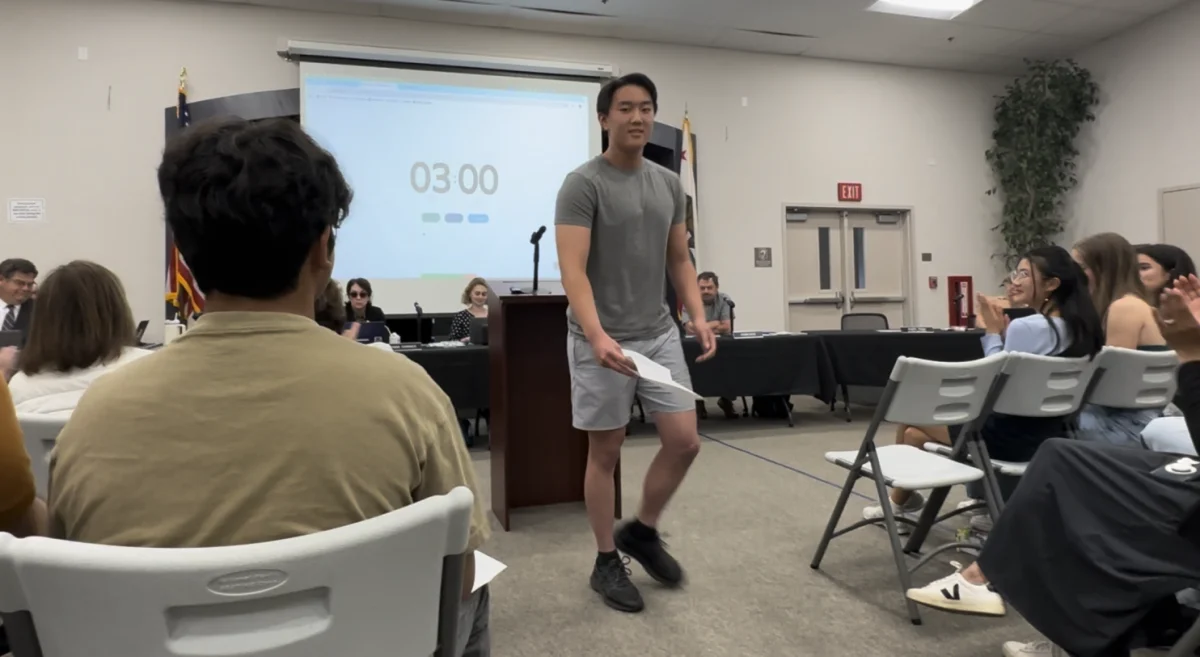Unlike Mountain View High School, our school does not offer World History AP in its course curriculum. This might not be an issue if the school did have a course which taught the main points of the AP course material, which focuses on Asia, Africa, Latin America and Oceania. However, no Los Altos class studies these regions in depth. The only course that comes close is World Studies which only tangentially addresses these topics.
Part of the reason for this is that the World Studies course originally started out as a Western Civilization course. The course is dominated by European topics and topics of other continents rarely appear.
Some might argue that European history is the most important for us to study, as events such as the Renaissance, Enlightenment and the Glorious Revolution in England led to the ideals and formation of our democracy. While it is true we should continue to study these topics in depth, it is important to remember that students should learn history not only to understand our country’s past, but to be prepared for its future.
The U.S. is formed of many different immigrant groups, and is also involved in the world on a global scale. If our tax money and military are going to affect the lives of those in other countries, it is our responsibility as American taxpayers to be educated about the history and traditions of the places in question, so we are not making uninformed decisions.
“Clearly the world is getting smaller and more co-dependent for many reasons,” Head of History Department DeeDee Pearce said. “It is in our nation’s best interest to prepare students for this “new” interconnected world [and] as educators we sit in the driver’s seat for making this change happen. Unfortunately change in academia comes slowly.”
In the past, part of the problem was the STAR testing curriculum. In conjunction to the classes already at the school, the material on the STAR test requires the school to teach content which is mainly Eurocentric.
The school used to offer a larger variety of history courses including Latin American history, but the specificity of the STAR test’s learning objectives forced teachers to tailor their classes to fit the required information. Otherwise, there would have been more flexibility within the curriculums for non-European content to be added. By contrast, the Common Core focuses more on skills than on particular content, which may open up courses to new content.
New content shouldn’t come at the cost of the content we already learn, which also has value. For example, if World Studies were to be changed, the topics currently covered should be retained, but covered in less depth to make room for more units on non-European cultures.
“I think our community would be supportive of a more global focus for World Studies,” Assistant Principal Galen Rosenberg said. “You can deal meaningfully with other major cultures and histories which would present a broader picture of world history.”
Then if students were interested in covering European topics in more depth, they would have the option of taking AP European History the next year.
However, a main obstacle in implementing a new history course is the work involved for the teacher who proposes the new course.
“You have to write a course plan and develop a curriculum…without getting extra pay,” Downey said. “You have to pitch it to your department chair, then pitch it to admin and get their [approval]. Then you have to get course approval through the UC system, so right there it’s a three year course development process.”
Overall, it’s an extensive process for a teacher to take on. However, for many teachers, this might be worth it if they could be assured that they would be repaid with avid interest in their new course. Unfortunately, course approval does not mean course interest; a teacher could spend two or three years developing a course only to have almost no one enroll.
“If there really was funding and student and teacher interest in adding a class like Latin American Studies or Asian Studies, it [would be] nice to be able to offer that,” Rosenberg said. “But there’s limits, so sometimes it’s better to focus on improving what you’re already doing.”
Ultimately, it is up to students to indicate interest in expanding World Studies to cover Asia, Africa, Latin America or Oceania before effort is put into changing or adding courses. History teacher Todd Wangsness was able to introduce the AP Art History class after it was shown that there was student interest.
The school’s history curriculum can be expanded to include more information on global topics. In an age where the world is becoming more globalized, it is imperative that students know about the histories of countries in other continents. However, these classes will not be formulated unless students themselves show that they are interested in having these classes available to them.








